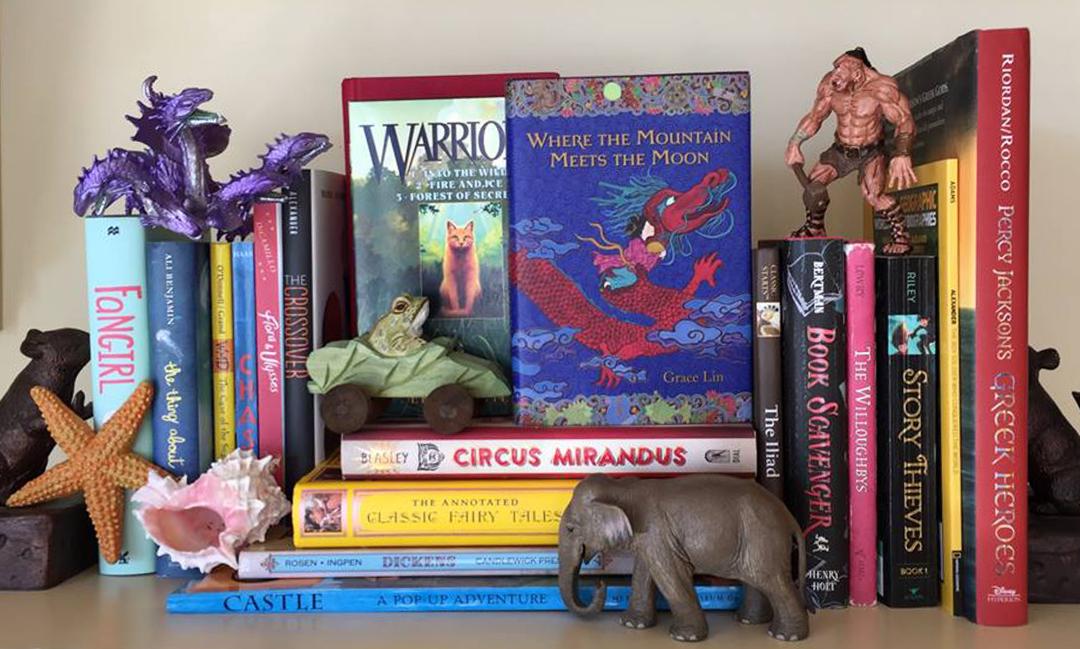
I grew up in a government built, squarish, tract home in a small town on a dead-end street. No fences, no trees, surrounded by corn fields. For my four siblings and the other 30 or so children on the street, it was kid heaven. So why was there a steady stream of adults dropping by this nondescript Monopoly-esque house that was messy and loud and overflowing with children?
 My parents created a space that was warm and welcoming, brimming with good food, and percolating with conversation.
My parents created a space that was warm and welcoming, brimming with good food, and percolating with conversation.
Friends could count on the predictable rhythms of how they structured family life. Food was a priority. The aromas of sizzling Italian sausages, bubbling stuffed peppers, simmering tomato sauce greeted visitors at the door.
“Hello!” boomed my dad’s voice as he sprung from his chair. (Italian greetings are powerful, genuine, and warm.) At this point the visitor had a crucial choice– watch a ballgame and talk politics/sports with Chuck or head straight for the kitchen where my mother was chopping onions or stirring the sauce, attentive to your every word.
 Ruth never forced food on anyone. In fact, it took her a good five minutes to ask you if you wanted “a bite to eat.” At this point I saw even the most finicky eaters salivating.
Ruth never forced food on anyone. In fact, it took her a good five minutes to ask you if you wanted “a bite to eat.” At this point I saw even the most finicky eaters salivating.
This is where I came from and it has set the stage for my work engaging reluctant readers.
Want to get your kids to read?
1. Open the door to all reading.
Offer a variety of reading treasures: fiction, nonfiction, graphic novels, choose-your-own-adventure titles, newspapers, magazines, dictionaries, atlases, fairy tales, myths, cookbooks, flashcards, and a spinning globe.
Give your child the freedom to choose what to read. This is tough because some adults don’t think that comics, audio books, or rereading books count. All reading counts.
2. Listen.
Take a genuine interest in what your child is reading and take turns reading whatever is chosen.
3. Nudge but don’t push.
Forced reading is too stressful for you and your child. Rather than command, create the expectation of reading by picking up a book, magazine, or newspaper to read instead of your phone.
4. Transition your child’s attention away from the screen by using hands-on toys and games.
Board games, card games, bouncing a ball back and forth, setting up a scene with action figures, dominoes, art, puppets.
5. Have patience.
Take a step back and accept and honor wherever the child is and remember that we are all developing over time.
6. Share a book that you enjoyed as a child.
Talk about your memories and feelings when you first read the book. Kids want to know about your childhood.
7. Leave the door open to more reading.
 Visit the library regularly.
Visit the library regularly.
My goal is to get kids to love to read. If you would like a book recommendation for a specific child, send me an email.

